Jaguar XJ Saloon (2010-2019) review

At a glance
| Price new | £54,715 - £119,990 |
|---|---|
| Used prices | £2,692 - £29,350 |
| Road tax cost | £210 - £735 |
| Insurance group | 48 - 50 |
Get an insurance quote with

|
|
| Fuel economy | 35.7 - 37.9 mpg |
| Range | 415 - 721 miles |
| Miles per pound | 4.6 - 4.8 |
| Number of doors | 4 |
| View full specs for a specific version | |
Available fuel types
Petrol
Diesel
Pros & cons
- Long-distance refinement
- Muscular performance
- Agile handling
- Soundtrack from petrol engine
- German rivals offer more up-to-date tech
- Not the most commodious cabin or boot
- Rivals ride better
- Some interior plastics feel low-rent
Jaguar XJ Saloon (10-19) rivals
Overview
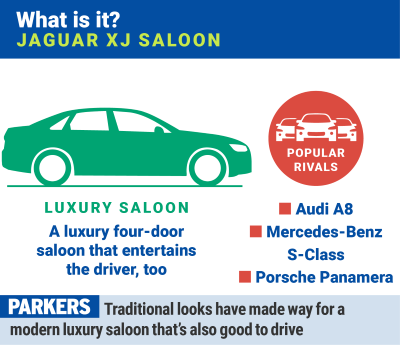
The Jaguar XJ is a flagship model that’s been around since 2010, but still looks bang-up-to date thanks to its clever, progressive styling. It’s a world away from the retro-styled Jaguars of old in terms of appearance, cabin ambience and and sophistication. But it’s still very much a Jaguar with a coupe-like styling, making out as a very different proposition to most other traditional luxury saloons.
The Jaguar XJ’s sternest rivals are the Audi A8, Mercedes-Benz S-Class and BMW 7 Series. But as it’s a left-field choice in this German-dominated market, XJ buyers are likely to be looking in the direction of the Lexus LS, Porsche Panamera and even the Tesla Model S.
In the absence of a gadget-laden interior compared with its German rivals, the simpler cabin feels less intimidating, whether you’re in the back or behind the wheel.
An all-aluminium body ensures a low kerb weight, which, combined with a powerful range of engines, means the XJ delivers strong performance and agility with pleasing economy.
The cosseting cabin is a wonderful piece of design too with unique touches over its luxury alternatives. There’s a neat touch-sensitive release for the glovebox and overhead light controls, while the ambient lighting is something that rivals had to catch up on – but have since surpassed.
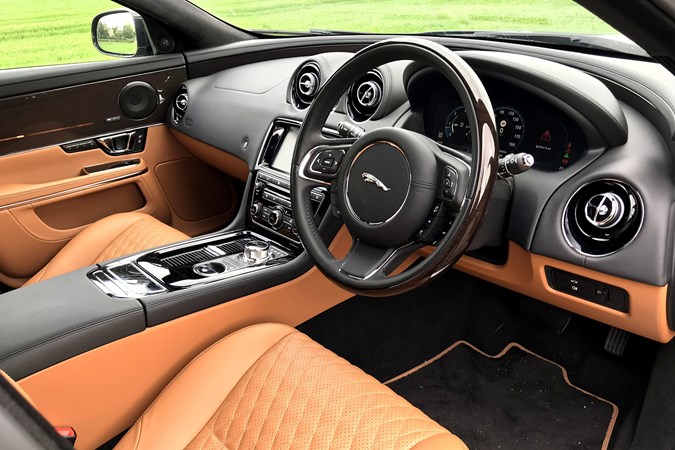
Rather than facing a slew of buttons covering up the dash or vast swathes of glaring touchscreens, the XJ feels luxurious in a more uncomplicated manner; serving as a place to relax and switch off, rather than one of constant distraction.
There’s a huge amount of leather inside the cabin and it can be specified in a range of colours, although the choice of plastics used on the centre console feel decidedly inexpensive.
Those wanting maximum rear seat space can opt for the long-wheelbase XJ, increasing rear legroom by 121mm over the standard length saloon.
Jaguar XJ: diesel and petrol engines only
Buyers get a choice of three supercharged petrol engines and one turbocharged diesel; all are mated to an eight-speed automatic gearbox and, bar the XJR575, have a top speed of 155mph.
The best seller is the 3.0-litre V6 diesel, offered on the more popular trim levels in the range. Producing 300hp and 700Nm torque, the 0-62mph dash requires 6.2 seconds.
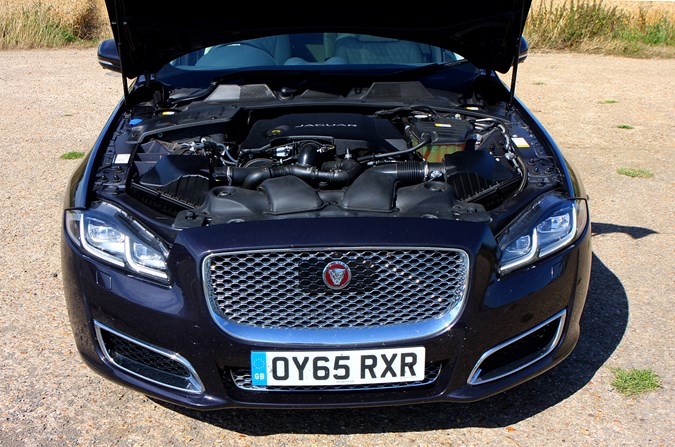
The 3.0-litre V6 serves as the entry-level petrol engine, producing 340hp and 450Nm of torque and achieving the 0-62mph sprint in 5.9 seconds.
There are two versions of the 5.0-litre V8 available, each limited to a specific trim level. The 510hp version produces 625Nm and cuts the 0-62mph time down to 4.9 seconds. This is solely available on the most luxurious, long-wheelbase-only Autobiography model.
The top halo model is the XJR575, with the 5.0-litre V8 producing 575hp and 700Nm of torque. This standard-wheelbase-only model completes the 0-62mph in 4.4 seconds and reaches a top speed of 186mph.
Jaguar XJ trim levels
The XJ is available in six trim levels: Luxury, Premium Luxury, Portfolio, Autobiography, R-Sport and XJR575.

The Autobiography is available in long-wheelbase form only, while the R-Sport and XJR575 are limited to standard-wheelbase.


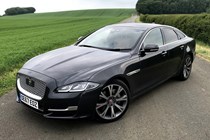
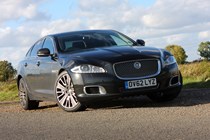
.jpg)
.jpg)
.jpg)
.jpg)
.jpg)
.jpg)
.jpg)
.jpg)
.jpg)
.jpg)
.jpg)
.jpg)
.jpg)
.jpg)
.jpg)
.jpg)
.jpg)
.jpg)
.jpg)
.jpg)
.jpg)
.jpg)
.jpg)
.jpg)
.jpg)
.jpg)
.jpg)
.jpg)
.jpg)
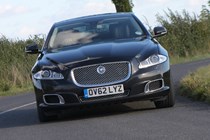

.jpg)
.jpg)
.jpg)
.jpg)
.jpg)
.jpg)
.jpg)
.jpg)
.jpg)
.jpg)
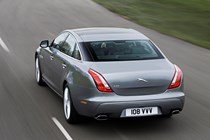
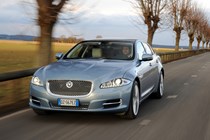
.jpg)
.jpg)
.jpg)
.jpg)
.jpg)
.jpg)
.jpg)
.jpg)
.jpg)
.jpg)
.jpg)
.jpg)
.jpg)
.jpg)
.jpg)
.jpg)
.jpg)
.jpg)
.jpg)
.jpg)
.jpg)
.jpg)
.jpg)
.jpg)
.jpg)
.jpg)
.jpg)
.jpg)
.jpg)
.jpg)
.jpg)
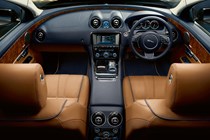

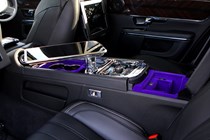
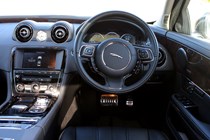

.jpg)
.jpg)
.jpg)
.jpg)
.jpg)
.jpg)

.jpg)
.jpg)
.jpg)
.jpg)
.jpg)
.jpg)
.jpg)
.jpg)

.jpg)
.jpg)
.jpg)
.jpg)
.jpg)
.jpg)
.jpg)
.jpg)
.jpg)
.jpg)
.jpg)
.jpg)
.jpg)
.jpg)
.jpg)
.jpg)
.jpg)
.jpg)
.jpg)
.jpg)
.jpg)
.jpg)
.jpg)
.jpg)
.jpg)
.jpg)
.jpg)
.jpg)
.jpg)
.jpg)
.jpg)
.jpg)
.jpg)
.jpg)
.jpg)
.jpg)
.jpg)
.jpg)
.jpg)
.jpg)
.jpg)
.jpg)
.jpg)
.jpg)
.jpg)
.jpg)
.jpg)
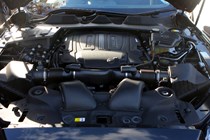
.jpg)
.jpg)
.jpg)
.jpg)
.jpg)
.jpg)
.jpg)
.jpg)

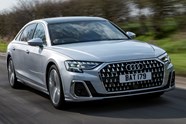
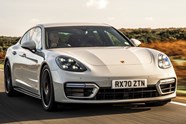


.jpg?quality=50)
.jpg?quality=50)
.jpg?quality=50)
.jpg?quality=50)
.jpg?quality=50)
.jpg?quality=50)
.jpg?quality=50)
.jpg?quality=50)
.jpg?quality=50)
.jpg?quality=50)
.jpg?quality=50)
.jpg?quality=50)
.jpg?quality=50)
.jpg?quality=50)
.jpg?quality=50)
.jpg?quality=50)
.jpg?quality=50)
.jpg?quality=50)
.jpg?quality=50)
.jpg?quality=50)
.jpg?quality=50)
.jpg?quality=50)
.jpg?quality=50)
.jpg?quality=50)
.jpg?quality=50)
.jpg?quality=50)
.jpg?quality=50)
.jpg?quality=50)
.jpg?quality=50)


.jpg?quality=50)
.jpg?quality=50)
.jpg?quality=50)
.jpg?quality=50)
.jpg?quality=50)
.jpg?quality=50)
.jpg?quality=50)
.jpg?quality=50)
.jpg?quality=50)
.jpg?quality=50)


.jpg?quality=50)
.jpg?quality=50)
.jpg?quality=50)
.jpg?quality=50)
.jpg?quality=50)
.jpg?quality=50)
.jpg?quality=50)
.jpg?quality=50)
.jpg?quality=50)
.jpg?quality=50)
.jpg?quality=50)
.jpg?quality=50)
.jpg?quality=50)
.jpg?quality=50)
.jpg?quality=50)
.jpg?quality=50)
.jpg?quality=50)
.jpg?quality=50)
.jpg?quality=50)
.jpg?quality=50)
.jpg?quality=50)
.jpg?quality=50)
.jpg?quality=50)
.jpg?quality=50)
.jpg?quality=50)
.jpg?quality=50)
.jpg?quality=50)
.jpg?quality=50)
.jpg?quality=50)
.jpg?quality=50)
.jpg?quality=50)





.jpg?quality=50)
.jpg?quality=50)
.jpg?quality=50)
.jpg?quality=50)
.jpg?quality=50)
.jpg?quality=50)

.jpg?quality=50)
.jpg?quality=50)
.jpg?quality=50)
.jpg?quality=50)
.jpg?quality=50)
.jpg?quality=50)
.jpg?quality=50)
.jpg?quality=50)

.jpg?quality=50)
.jpg?quality=50)
.jpg?quality=50)
.jpg?quality=50)
.jpg?quality=50)
.jpg?quality=50)
.jpg?quality=50)
.jpg?quality=50)
.jpg?quality=50)
.jpg?quality=50)
.jpg?quality=50)
.jpg?quality=50)
.jpg?quality=50)
.jpg?quality=50)
.jpg?quality=50)
.jpg?quality=50)
.jpg?quality=50)
.jpg?quality=50)
.jpg?quality=50)
.jpg?quality=50)
.jpg?quality=50)
.jpg?quality=50)
.jpg?quality=50)
.jpg?quality=50)
.jpg?quality=50)
.jpg?quality=50)
.jpg?quality=50)
.jpg?quality=50)
.jpg?quality=50)
.jpg?quality=50)
.jpg?quality=50)
.jpg?quality=50)
.jpg?quality=50)
.jpg?quality=50)
.jpg?quality=50)
.jpg?quality=50)
.jpg?quality=50)
.jpg?quality=50)
.jpg?quality=50)
.jpg?quality=50)
.jpg?quality=50)
.jpg?quality=50)
.jpg?quality=50)
.jpg?quality=50)
.jpg?quality=50)
.jpg?quality=50)
.jpg?quality=50)

.jpg?quality=50)
.jpg?quality=50)
.jpg?quality=50)
.jpg?quality=50)
.jpg?quality=50)
.jpg?quality=50)
.jpg?quality=50)
.jpg?quality=50)